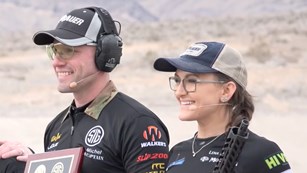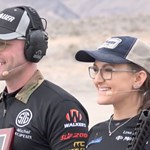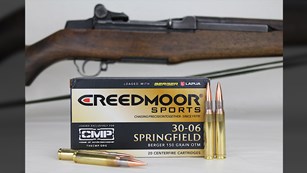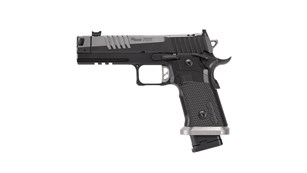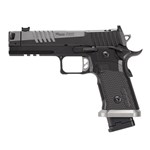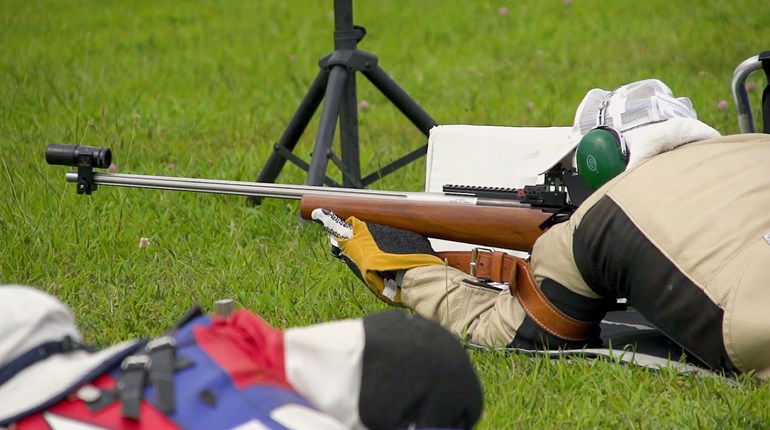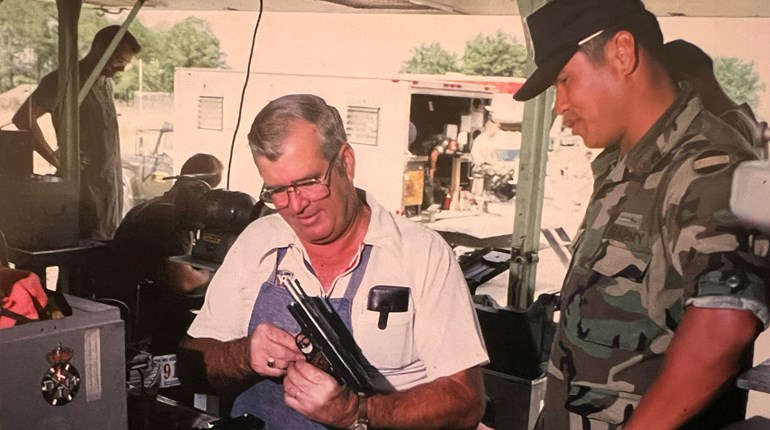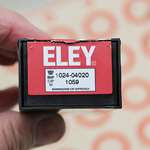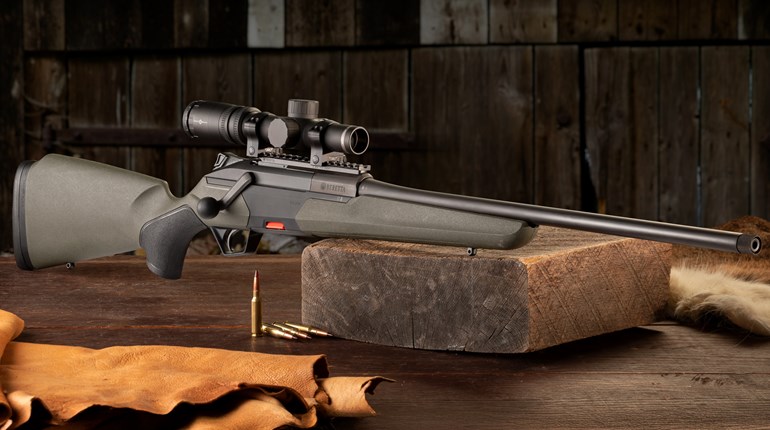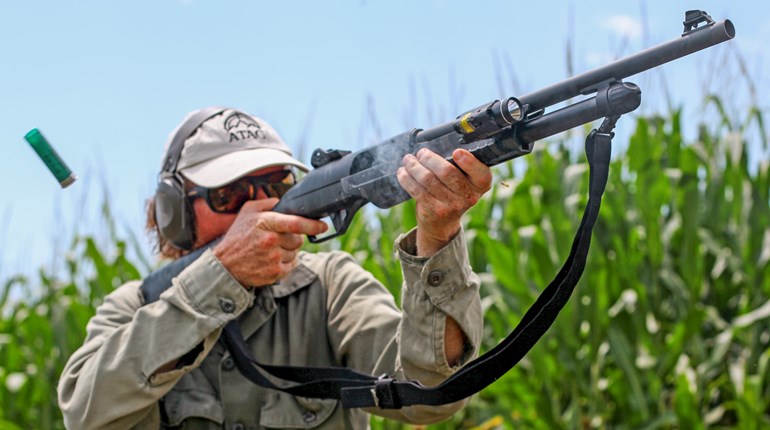
Not since the early 1960s had National Match attendance experienced a surge like the one that occurred from 1983 to 1984. While the total number of shooters at the National Matches in 1984 was still more than 3,000 below the all-time high set in 1962, this year’s count of nearly 4,000 competitors included a nearly 20 percent increase during high power alone over the reported 1983 figures. Given the overall upward trend since the start of the decade, match officials anticipated that reaching full range capacity (1,750) during high power was not far off.
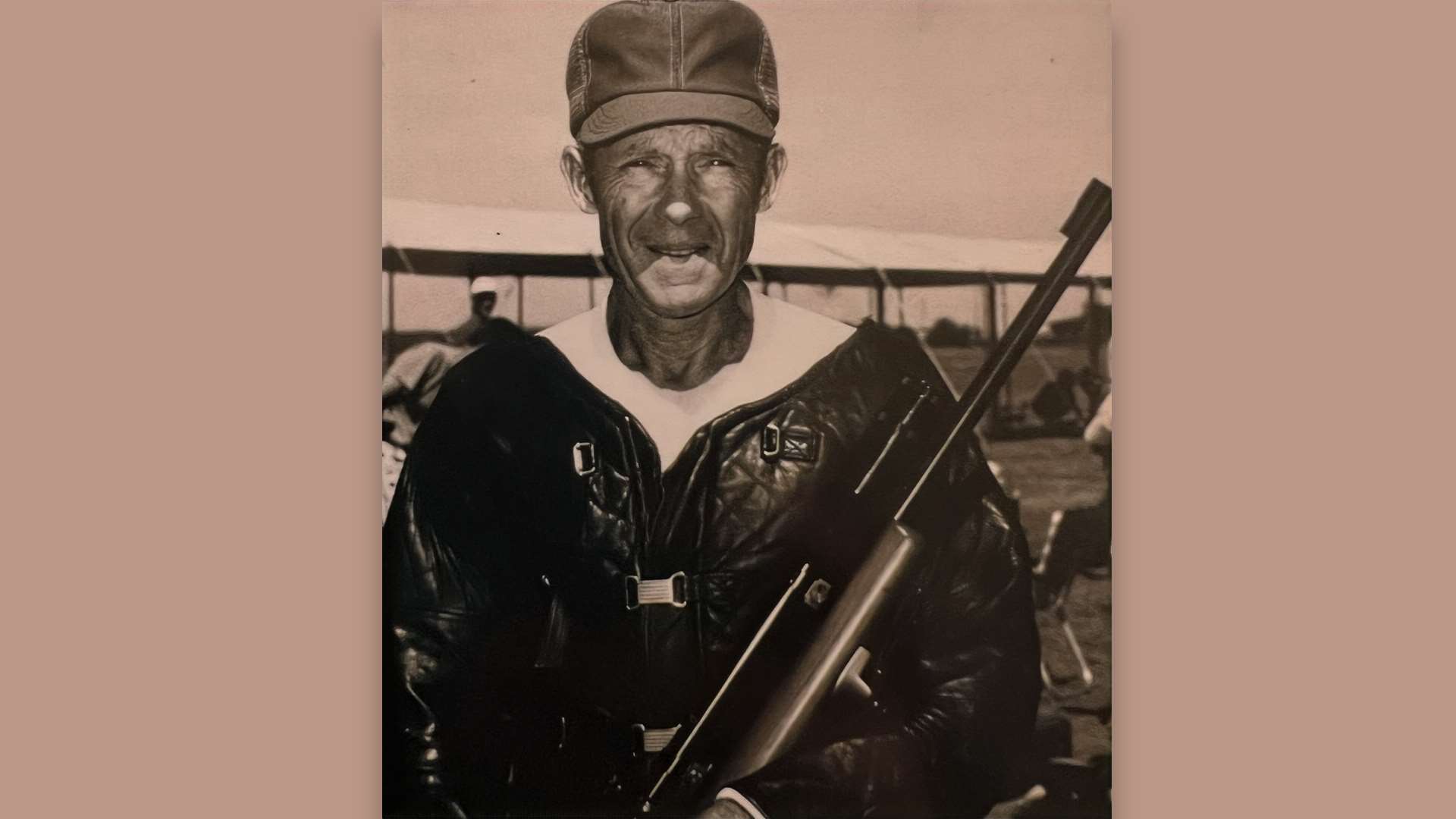
Contingency plans had to be made, or at least considered. Extend firing hours? Limit high power entries? Offer meals on the range to save time? Modify the ranges at significant expense? It was also around this time that the evaluation of an automatic target system began. While tempted by the possible savings in both time and personnel, officials were cautious in their analysis of the sensor-scoring device, not only because of the estimated $9 million price tag, but because they needed assurance that automated scoring procedures would provide standards of accuracy and reliability that National Match competitors expected and deserved. Nevertheless, it was recommended that the DCM begin factoring costs into their future planning sessions should installation be necessary.
“If it weren’t for the NRA, it would be almost impossible for us to enjoy the success we have had during the 1984 National Matches.”
—DCM Director Col. Mahatha Oliver
The high standards set by Army shooters resulted in several top prizes across the board in 1984 and it all started with an impressive performance by Sgt. 1st Class James Laguana, who emerged from a two and a half year hiatus from competitive shooting to claim the 1984 national pistol title. While on duty overseas, Laguana was limited to dry firing only and his accomplishment at Perry was a testament to his dedication when one considers that his winning score of 2640-137X was fired with iron sights.
Finishing in second place for the second straight year was Thomas Woods at one point back while the Marines’ Ricardo Rodriquez was 14 Xs behind Woods for third. Like Woods, Rodriquez proved to be a consistent title contender. He finished third overall in 1983 and was runner-up in 1982.

Ruby Fox’s five-year consecutive string of women’s titles came to an end this summer in high profile fashion as her presence on the U.S. Olympic Team prevented her from competing at Perry yet yielded her a silver medal in the debut of women’s sport pistol at the Los Angeles 1984 Games. Cheerie Shaw was crowned the new women’s national champion, Jack Howdeshell topped the juniors, Joe White was high senior and John Farley was in familiar surroundings when he stood atop the podium to collect his eighth police title.
Marine Corps shooters displayed their own standard of excellence in the Board phase of the pistol matches when Gunnery Sgt. James Bair won the President’s Match by two Xs and then contributed to the winning Gold Cup team effort. The Custer Trophy for the National Trophy Individual Match went to Toledo resident Jim Lenardson, who successfully earned a “cycle” earlier in the program by winning the .22 championship to go along with his previous center fire and .45 titles.
The Army presence, in the form of Lt. Col. Lones Wigger, Jr., returned in smallbore position shooting when the king of the rock solid position and hold withstood both the winds and best efforts of the preeminent position shooters to earn his 17th position title in 22 years. The year 1984 proved to be the ninth consecutive position championship for Wigger, a record that should surely stand the test of time.
Wigger’s victory, like the year before, was marked by severe winds, yet he again won by a substantial margin. His 45-point lead over U.S. Army Marksmanship Unit Capt. Richard Hawkins was proof of his prowess and National Guard Sgt. Lance Peters, who finished third, may have established a record in the “always a bridesmaid and never a bride” department. Peters’ third-place finish was his third overall, and when added to a pair of seconds, combined for a total of five top three finishes, all in the shadow of Wigger.
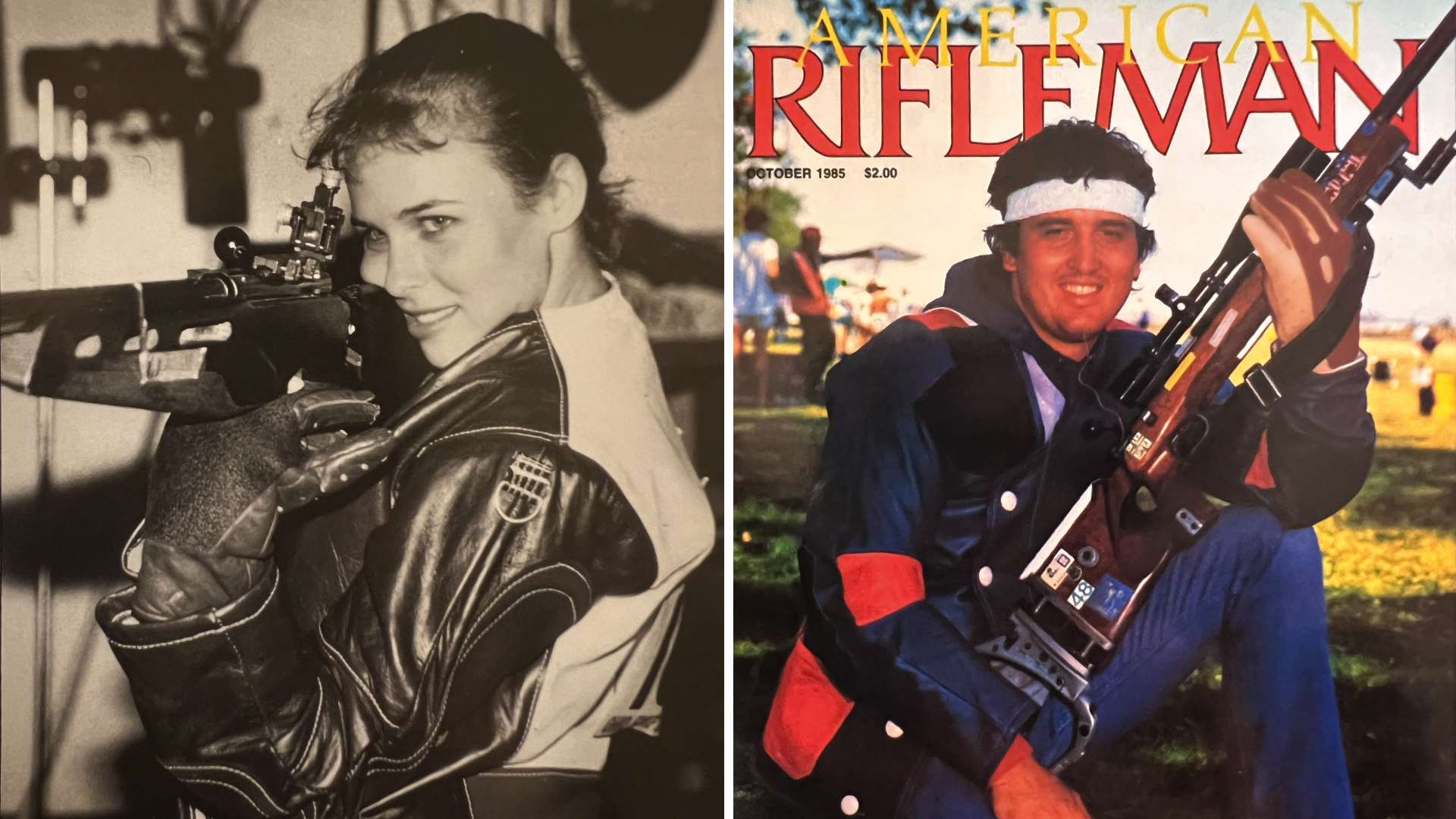
Wigger usually wisely leaves a little spare space in his trunk to hold his cache of awards for the trip home and this year he was forced to squeeze a bit more after daughter Deena flexed her muscle. Lones accounted for the national open position championship along with the service, metallic sight and any sight championships, along with a majority of the individual matches while Deena claimed the civilian position championship as well as the women’s, junior and women’s any sight championship. If one had to write a synopsis of the position matches it would simply be that the wind blew and the Wiggers won.
Perseverance is often rewarded and such was the case for Ron West, 55, who had logged 27 trips to Camp Perry in his shooting career. Like many who came to shoot prone at Perry, West’s goal was to earn one of 12 coveted spots on the 1985 Roberts Team. Selection was based on results from the iron sight aggregate and after two days of shooting under fine conditions, the one-time any sight champion found himself well ahead of the competition with a 3198-248X. His closest competitors were two Army shooters, Lones Wigger and Dave Chesser, at three and four points behind him, respectively.
For two days West tenaciously held onto his lead as he was pressed from all sides. Although Wigger trailed by three, he and the rest were virtually helpless in the race for the championship as West demonstrated perfection with the scope. He kept the door closed and, even though Wigger won the any sight aggregate with a 3200-293X, there was no way the rules would allow him 321 shots, which is what was needed to overcome West’s lead.
West’s week-long quest for a spot on the Roberts Team not only became reality, but he went home with the national open, civilian and metallic championships as well as three intermediate senior titles, plus memberships on the Dewar Team and winning any sight team. Wigger finished second, Marsha Beasley won the women’s championship and Joe Barnes returned to the stage to claim the senior title he last won in 1977.
Army shooters dominated the Board rifle matches by posting wins in all four events. Staff Sgt. Greg Strom captured the two individual events, the President’s and National Trophy Individual and made National Match history as the first to win both in the same year. He then contributed to the winning team effort for the National Trophy while Reservists came out on top in the Infantry Trophy Match.
Army Lt. Dave Erickson won the 1984 NRA National Service Rifle Championship in record fashion with a score of 2369-98X, while defending high power champion Patrick McCann fired a record score (2377-119X) of his own to retain his crown and the Wright Trophy as the top match rifle shooter. McCann bettered by two points the previous high score held by Carl Bernosky and won the Vandenberg and Nevada Trophies in the process. Noma McCullough defended her women’s title again and was clearly a preeminent high power force among women high power shooters during this period.
The Army capped an already impressive showing in 1984 with an awesome display at long range. Maj. Ed Schumacher equaled the record score in his Leech Cup victory while Reservist Tom Rider claimed the Wimbledon Cup. Particularly significant, however, were the unprecedented double service rifle victories by Reservist Billy Atkins, who earned both the Porter and Farr Trophies.
David Tubb’s return to the Camp Perry ranges after a self-imposed six year hiatus to focus on family and business netted a win in the Palma Individual Match. His winning score topped national champ McCann by one point and indirectly signaled the start of what would become a classic competition between the two talented marksmen over the next several years.
1984 National Matches Facts
This year marked the beginning of a brass turn-in policy for the National Trophy events fired with issued ammunition. Competitors were instructed to return their brass for distribution to DCM clubs and associations. In 1985 the policy was modified and local high schoolers were employed to collect the brass. In both years, failure to comply was grounds for disqualification. The policy was discontinued after the 1985 National Matches.
During the June 1984 National Board meeting, it was recommended that Chapter 401 of Title 10, U.S. Code be revised to include up-to-date language and references, such as including the term pistols alongside rifles in areas pertaining to issue arms. An increase in travel allowance for National Match participants was also recommended.



